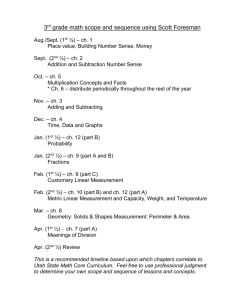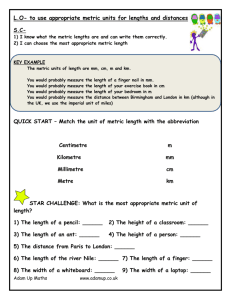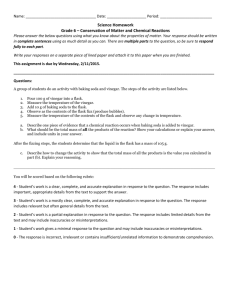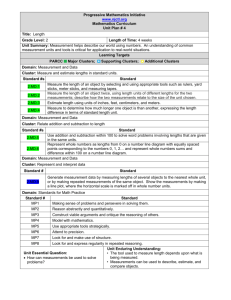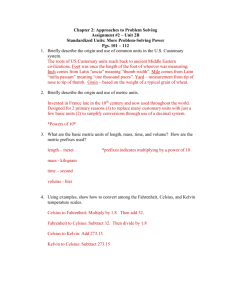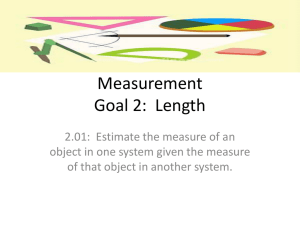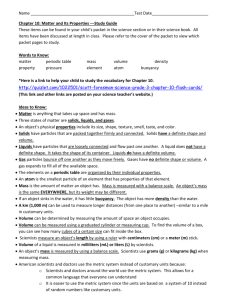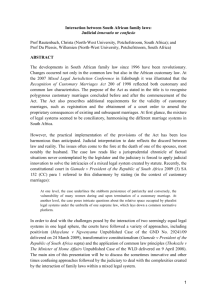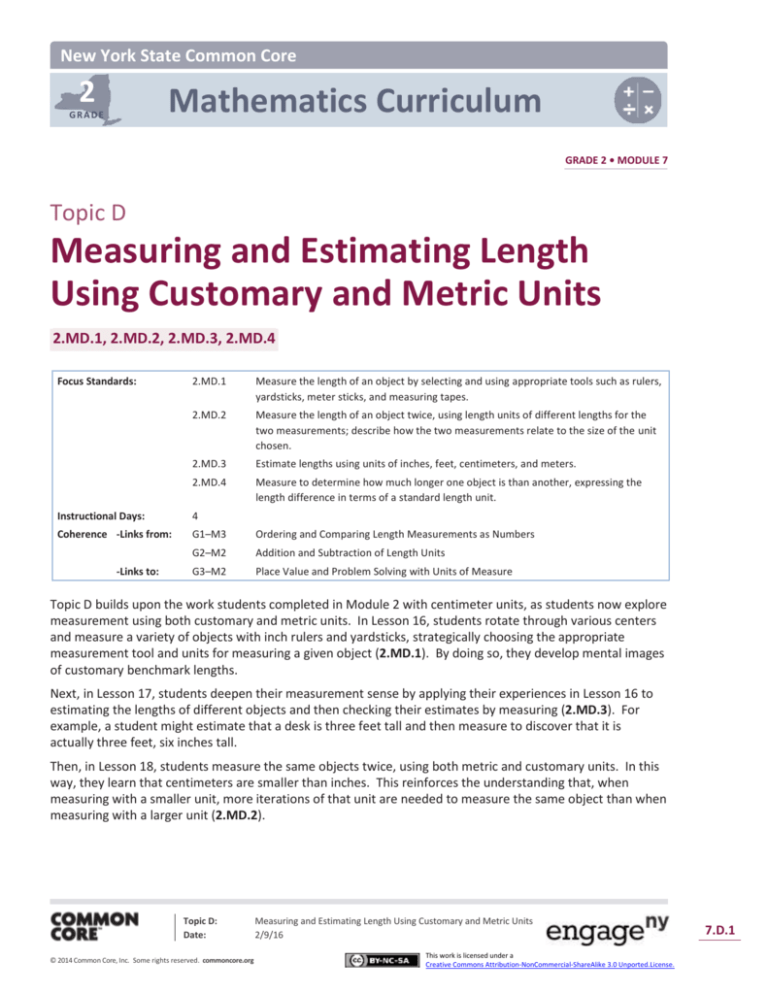
New York State Common Core
2
Mathematics Curriculum
GRADE
GRADE 2 • MODULE 7
Topic D
Measuring and Estimating Length
Using Customary and Metric Units
2.MD.1, 2.MD.2, 2.MD.3, 2.MD.4
Focus Standards:
2.MD.1
Measure the length of an object by selecting and using appropriate tools such as rulers,
yardsticks, meter sticks, and measuring tapes.
2.MD.2
Measure the length of an object twice, using length units of different lengths for the
two measurements; describe how the two measurements relate to the size of the unit
chosen.
2.MD.3
Estimate lengths using units of inches, feet, centimeters, and meters.
2.MD.4
Measure to determine how much longer one object is than another, expressing the
length difference in terms of a standard length unit.
Instructional Days:
4
Coherence -Links from:
G1–M3
Ordering and Comparing Length Measurements as Numbers
G2–M2
Addition and Subtraction of Length Units
G3–M2
Place Value and Problem Solving with Units of Measure
-Links to:
Topic D builds upon the work students completed in Module 2 with centimeter units, as students now explore
measurement using both customary and metric units. In Lesson 16, students rotate through various centers
and measure a variety of objects with inch rulers and yardsticks, strategically choosing the appropriate
measurement tool and units for measuring a given object (2.MD.1). By doing so, they develop mental images
of customary benchmark lengths.
Next, in Lesson 17, students deepen their measurement sense by applying their experiences in Lesson 16 to
estimating the lengths of different objects and then checking their estimates by measuring (2.MD.3). For
example, a student might estimate that a desk is three feet tall and then measure to discover that it is
actually three feet, six inches tall.
Then, in Lesson 18, students measure the same objects twice, using both metric and customary units. In this
way, they learn that centimeters are smaller than inches. This reinforces the understanding that, when
measuring with a smaller unit, more iterations of that unit are needed to measure the same object than when
measuring with a larger unit (2.MD.2).
Topic D:
Date:
© 2014 Common Core, Inc. Some rights reserved. commoncore.org
Measuring and Estimating Length Using Customary and Metric Units
2/9/16
This work is licensed under a
Creative Commons Attribution-NonCommercial-ShareAlike 3.0 Unported.License.
7.D.1
Topic D 2 7
NYS COMMON CORE MATHEMATICS CURRICULUM
Finally, students compare different lengths using addition and subtraction in Lesson 19. They determine how
much longer one object is than another, subtracting the smaller length from the larger one. Problems are
solved in a variety of ways using the relationship between addition and subtraction (e.g., 25 in – 18 in = ____
in, or 18 in + _____ = 25 in), and the differences are expressed using standard length units (e.g., 7 in)
(2.MD.4).
The work with measurement tools and various length units in Topic D lays the groundwork for problem
solving in Topic E, as students use the more abstract tape diagram to relate addition and subtraction to
length.
A Teaching Sequence Toward Mastery of Measuring and Estimating Length Using Customary and
Metric Units
Objective 1: Measure various objects using inch rulers and yardsticks.
(Lesson 16)
Objective 2: Develop estimation strategies by applying prior knowledge of length and using mental
benchmarks.
(Lesson 17)
Objective 3: Measure an object twice using different length units and compare; relate measurement to
unit size.
(Lesson 18)
Objective 4: Measure to compare the differences in lengths using inches, feet, and yards.
(Lesson 19)
Topic D:
Date:
© 2014 Common Core, Inc. Some rights reserved. commoncore.org
Measuring and Estimating Length Using Customary and Metric Units
2/9/16
This work is licensed under a
Creative Commons Attribution-NonCommercial-ShareAlike 3.0 Unported.License.
7.D.2

